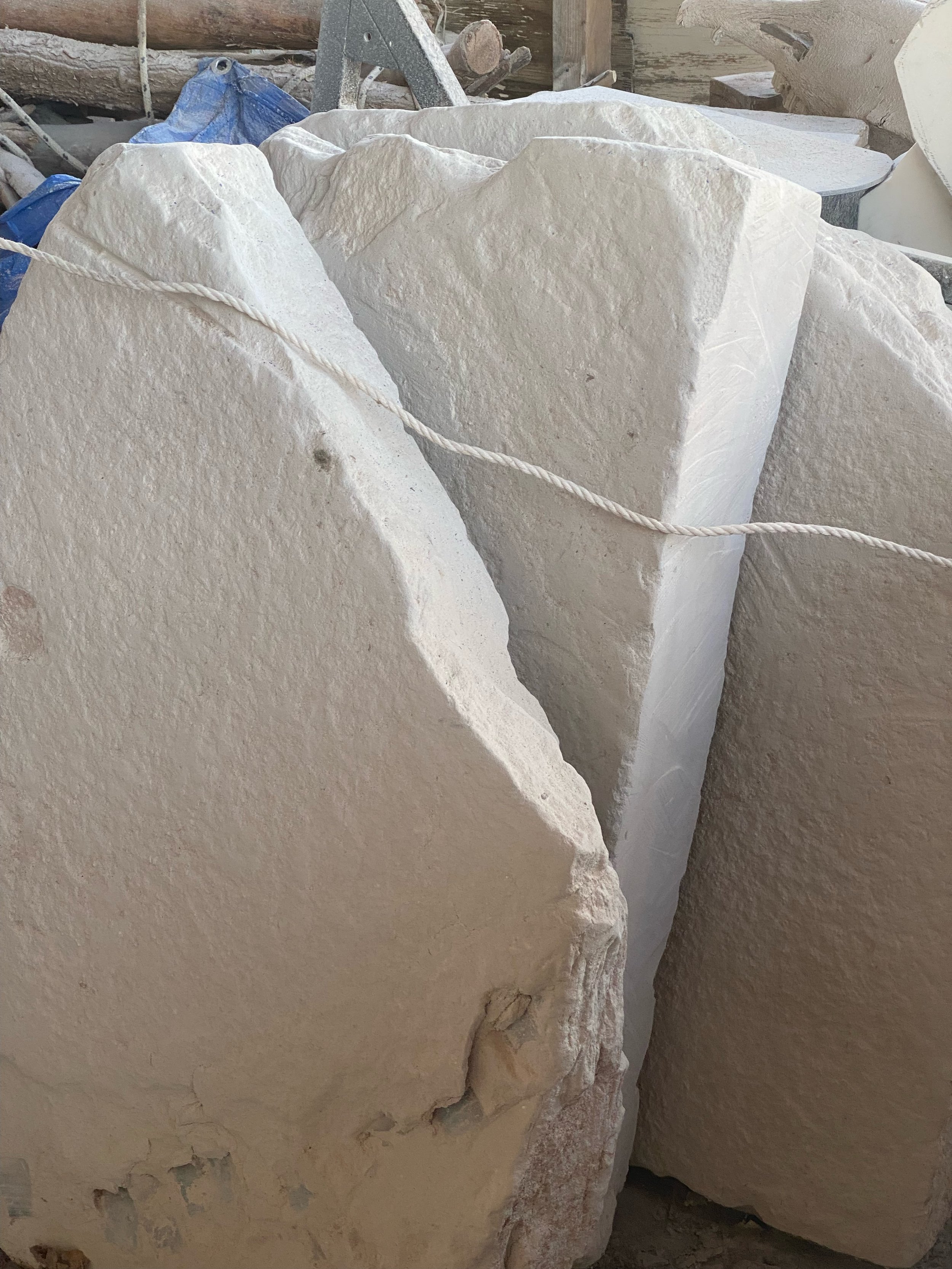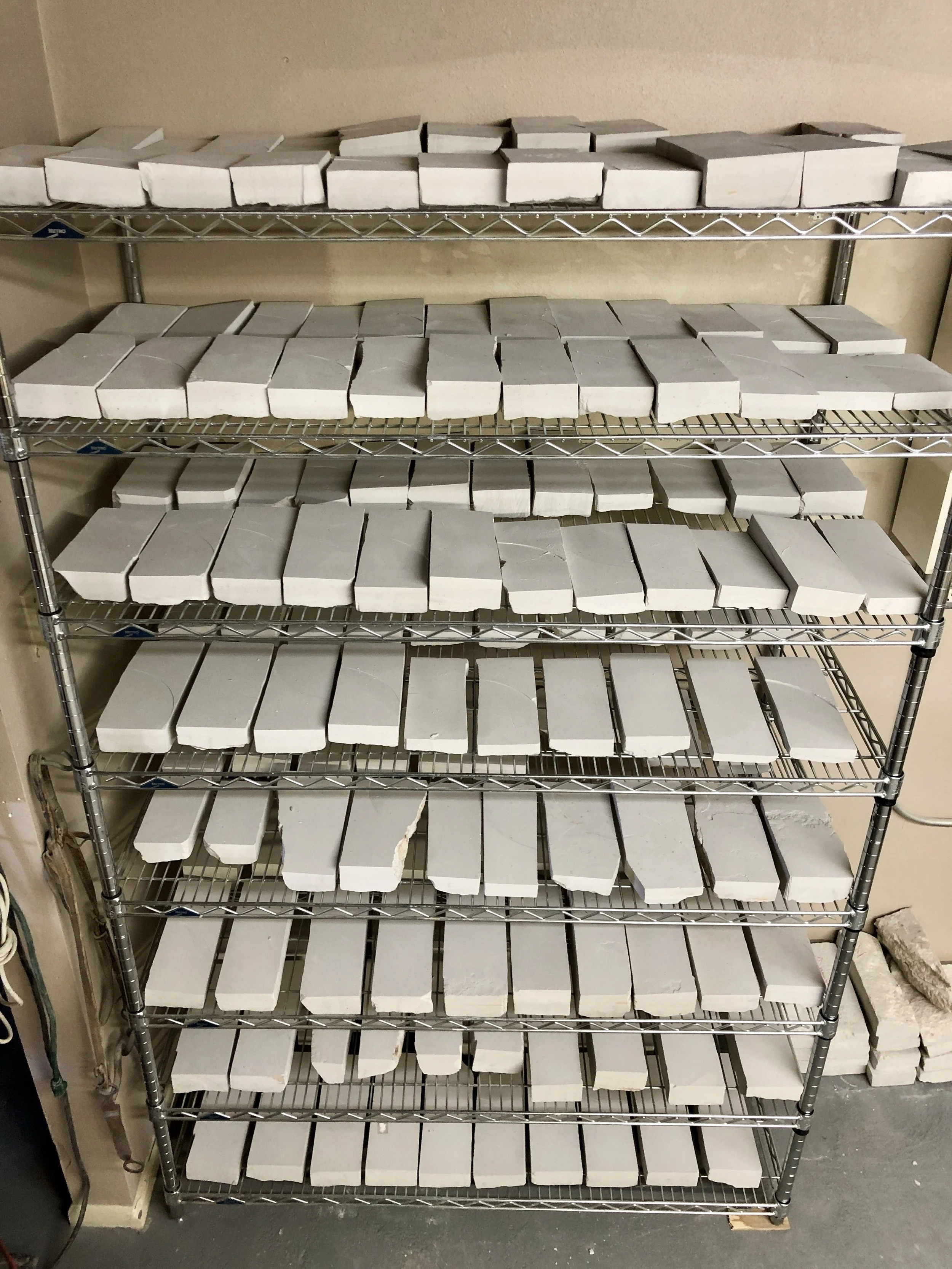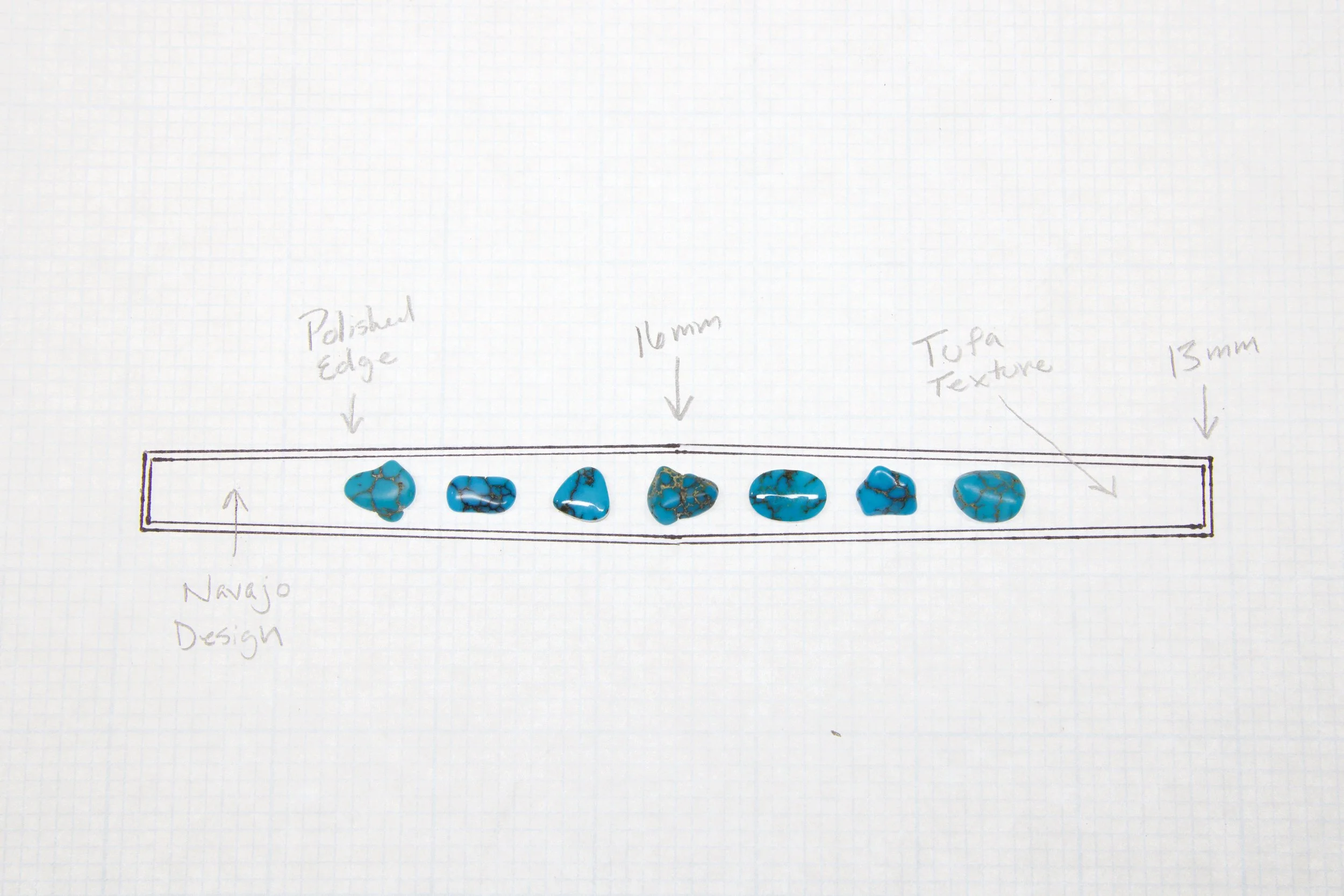Earth to Art
“Bo” Joe is a contemporary Diné (Navajo) and Mouache Kaputa (Uté) Native American artist blending traditional craftsmanship with modern aesthetics. His work often explores themes of identity and the natural elements surrounding us with focus on intricate detail and clean design. His jewelry serves not only as wearable art, but are stamps of cultural preservation.
After an exciting career in music engineering, which took him to vibrant cities like Los Angeles and Chicago, Bo Joe made the decision to return to his roots in New Mexico in 2012. Growing up in a family immersed in the arts, Bo was naturally exposed to creative expression from an early age. It was during this time back home he discovered a new artistic passion when introduced to the time-honored traditional techniques of tufa casting and silversmithing. Intrigued, he followed the new path before him, dedicating himself to the fundamentals which grew into a relationship of deep reverence. Presently, Bo Joe feels the best way to honor the sacred history of the original Dinè silversmiths is to elevate the art into new territories and representation.
BJJ sources all natural, untreated, high grade turquoise specific to North America, carefully selecting exceptional stones while also acquiring rare, vintage turquoise originally from mines no longer in operation today. His process is complemented by intricate lapidary work, ensuring each stone is expertly shaped and polished.
Largely commission based, there is no mass production or use of repeated molds in Bo’s creations; instead, each piece is uniquely handcrafted, making it a one-of-a-kind work of art. BJJ strives to provide a timeless quality and structural longevity of each piece so they may also serve as bespoke keepsakes and handed down to the next generation.
Bo is currently working out of his studio in Sheridan, Wyoming.
Bo Joe also serves as president of the Sacred Youth Foundation, a non-profit which empowers the Diné youth with a free cultural art education summer program each year.
The Process
Tufa casting is a traditional metalworking technique which uses a porous volcanic stone called “tufa” as a mold material. After harvesting, the large slabs of tufa must cure for a year, followed by bread slicing them into workable sizes, and then cured a few months more. A design is then carefully measured and hand carved into the soft tufa stone to create an impression. Molten metal, typically silver or gold is then poured inside.
The porous nature of tufa results in rich details and highly textured jewelry pieces with a unique, organic appearance. The art of casting provides an important link between the past and present. Southwestern tribes utilized this method to create ornamental pieces, and in the early days, coin silver was used before it was outlawed.
When tufa casting is not the direction a piece calls for, other methods such as fabrication, hand stamping, or hand engraving may be used.
The turquoise family provides a broad palette for jewelry design with its unique patterns, hues, and characteristics.
For the Native American cultures, particularly southwestern tribes, turquoise is not only valued for its beauty but also revered as a sacred material that strengthens the bond between the wearer and the natural world. Atsidi Chon is one of the first Dinè credited to set turquoise in silver around 1878.
Accepting the invitation to cut from “rough” stone requires patience, precision, and a healthy intuition; mere millimeters during lapidary work can either enhance the stone’s luster and color intensity, or conversely, cause the beauty to disappear or the stone to break.
After a decade, Bo has found this rhythmic motion of cutting to be a slightly meditative process now, a quiet conversation of trust and transformation for both parties. He cites it as one of the most enjoyable and exciting steps in the process.









